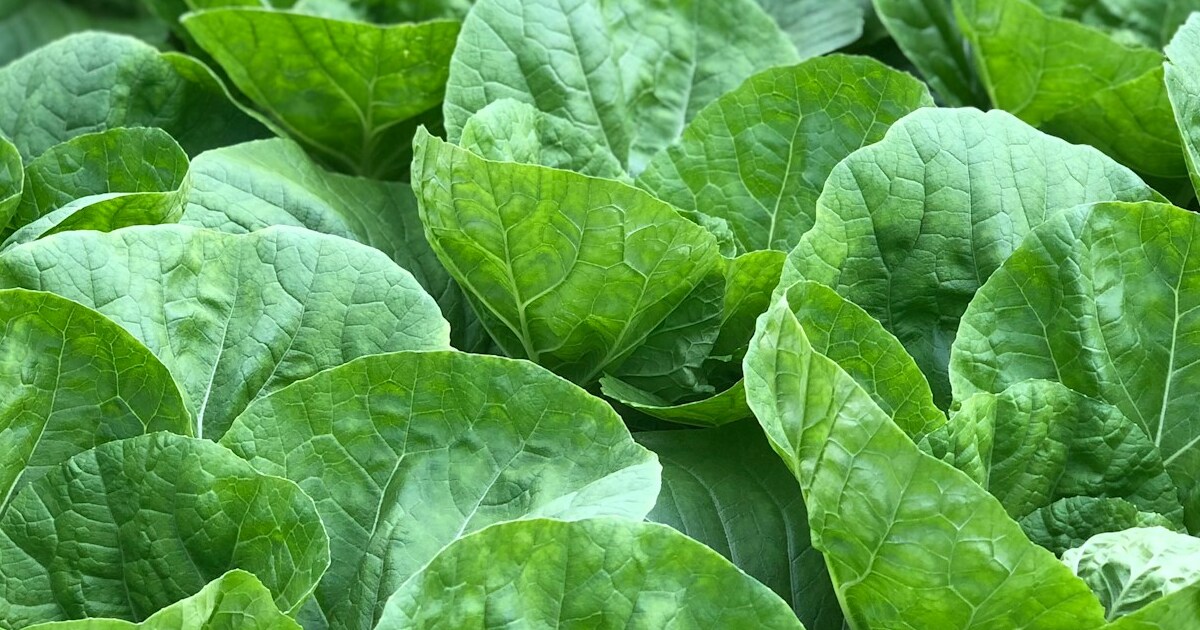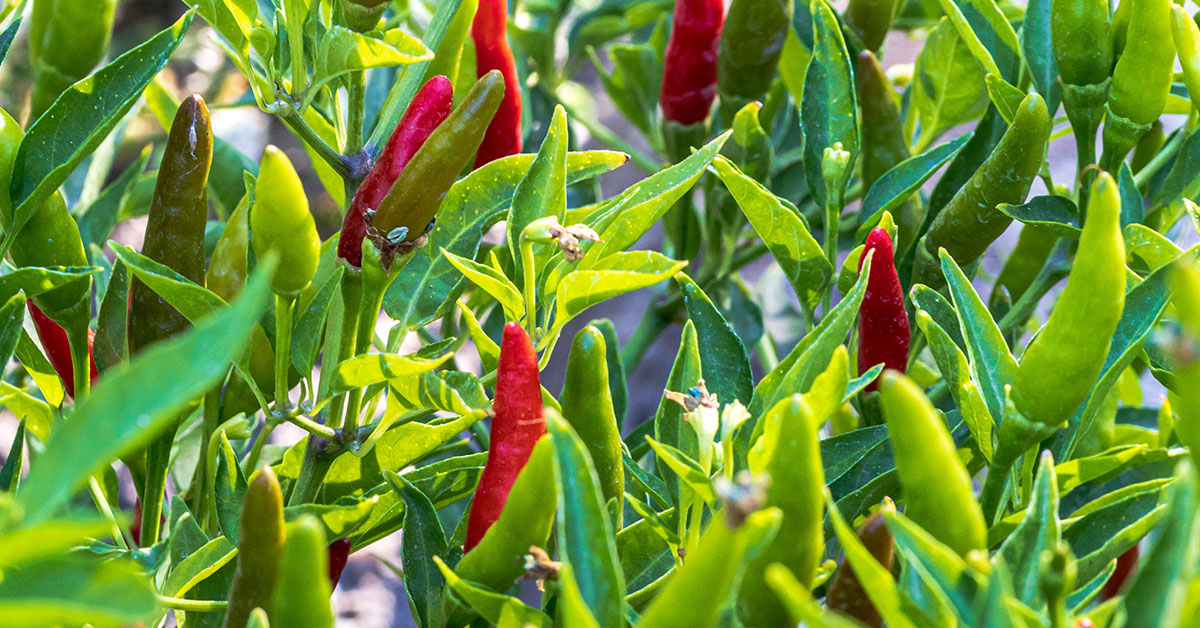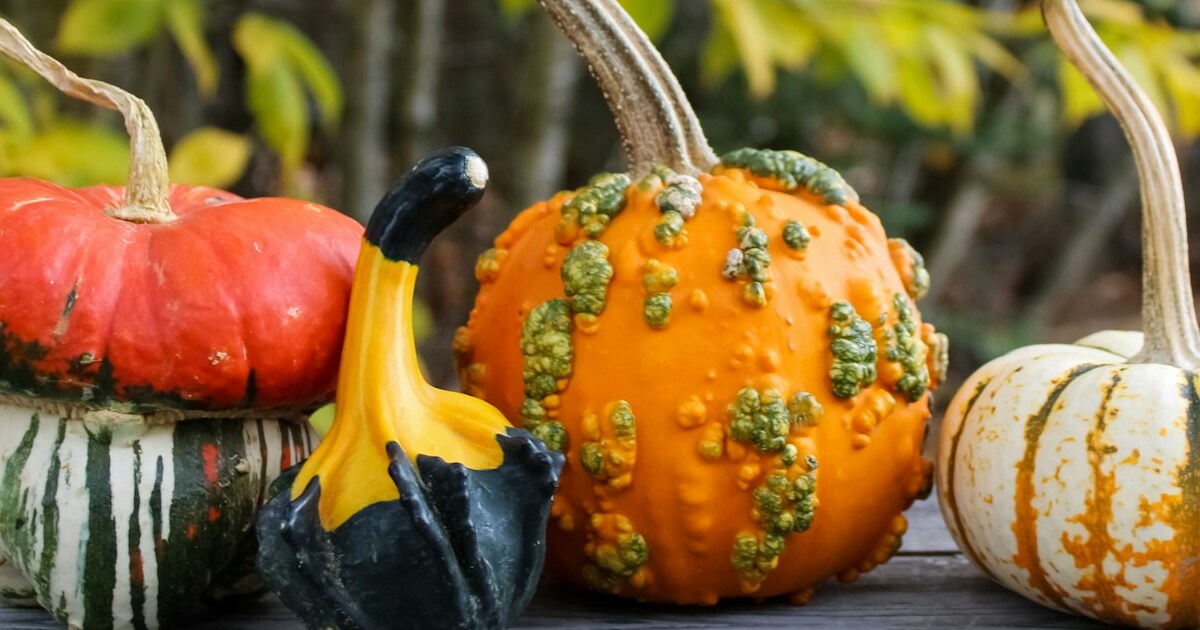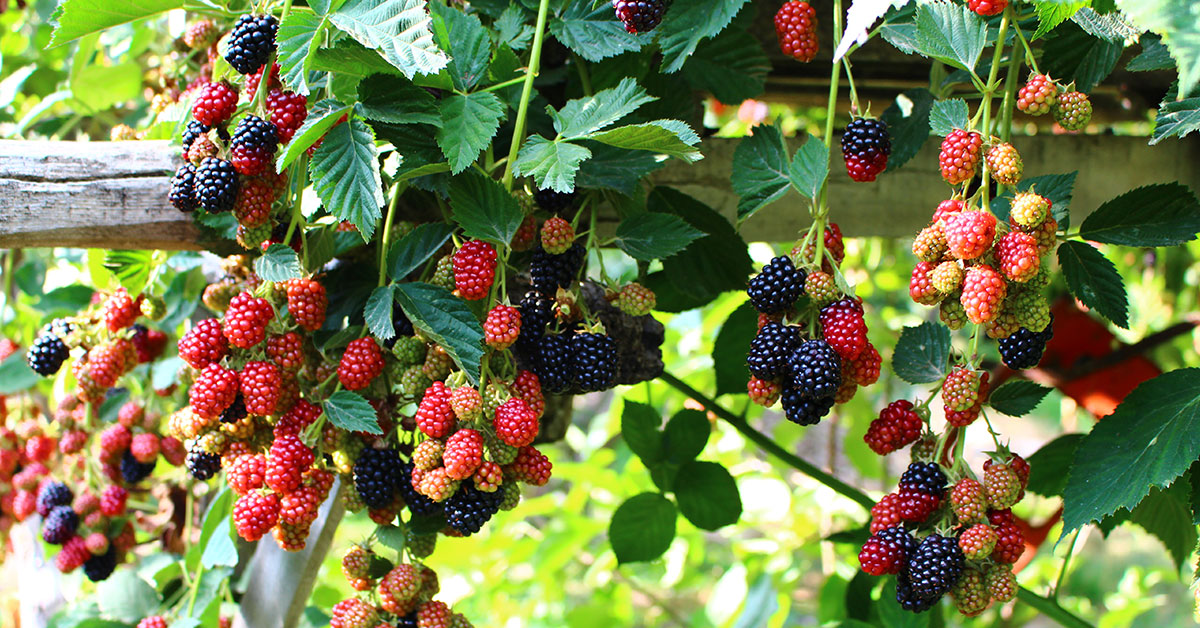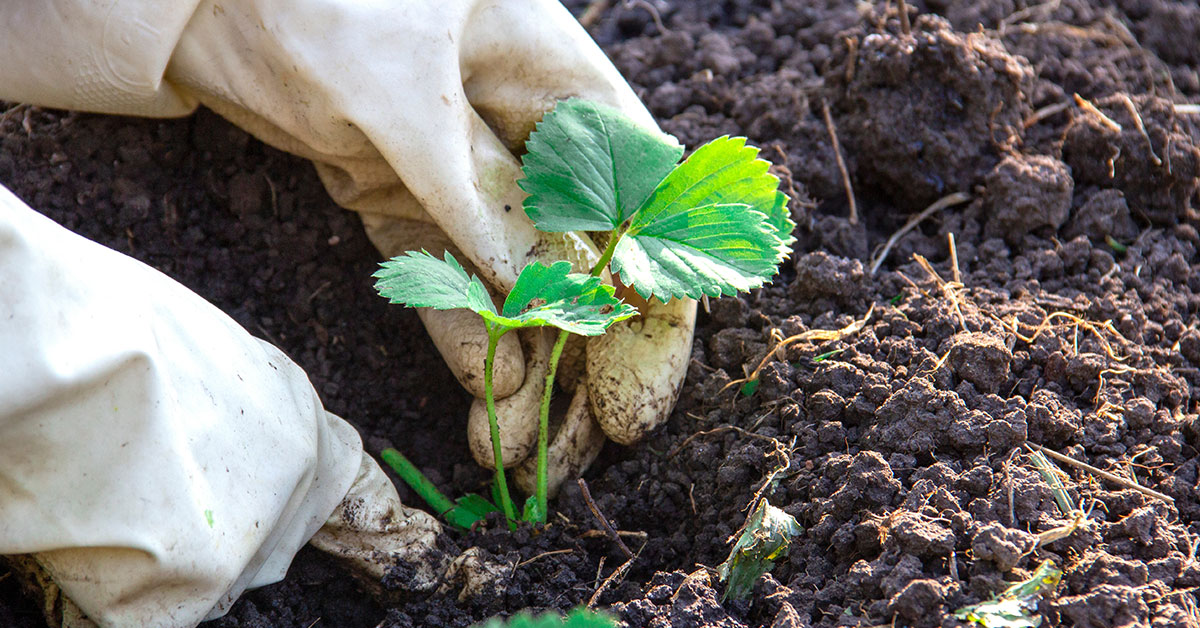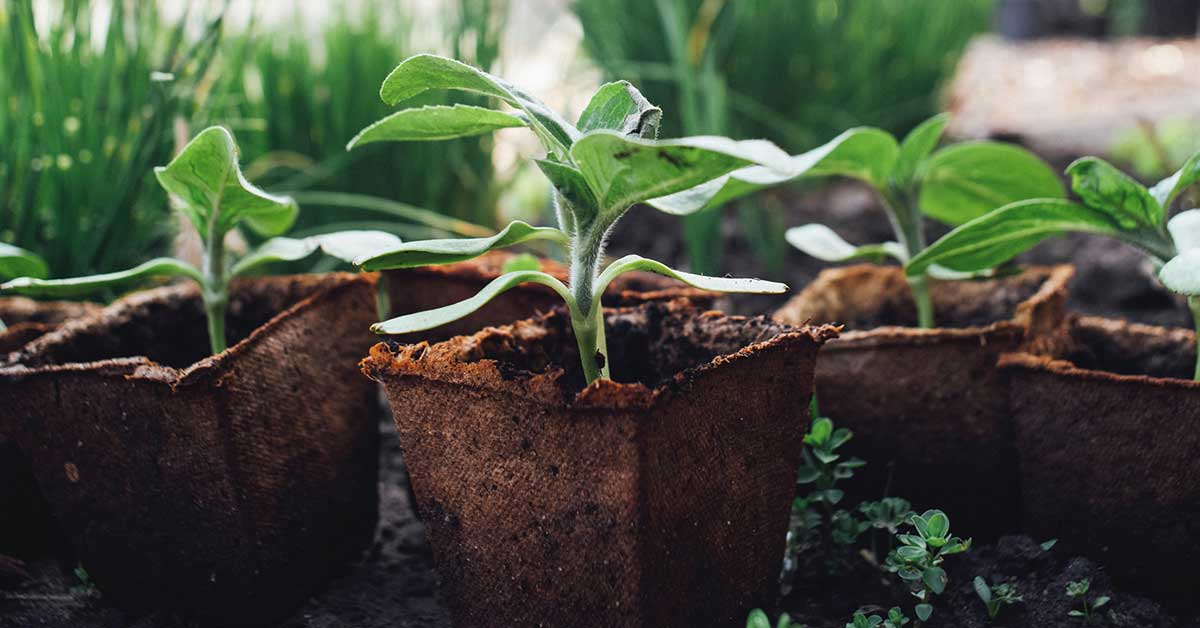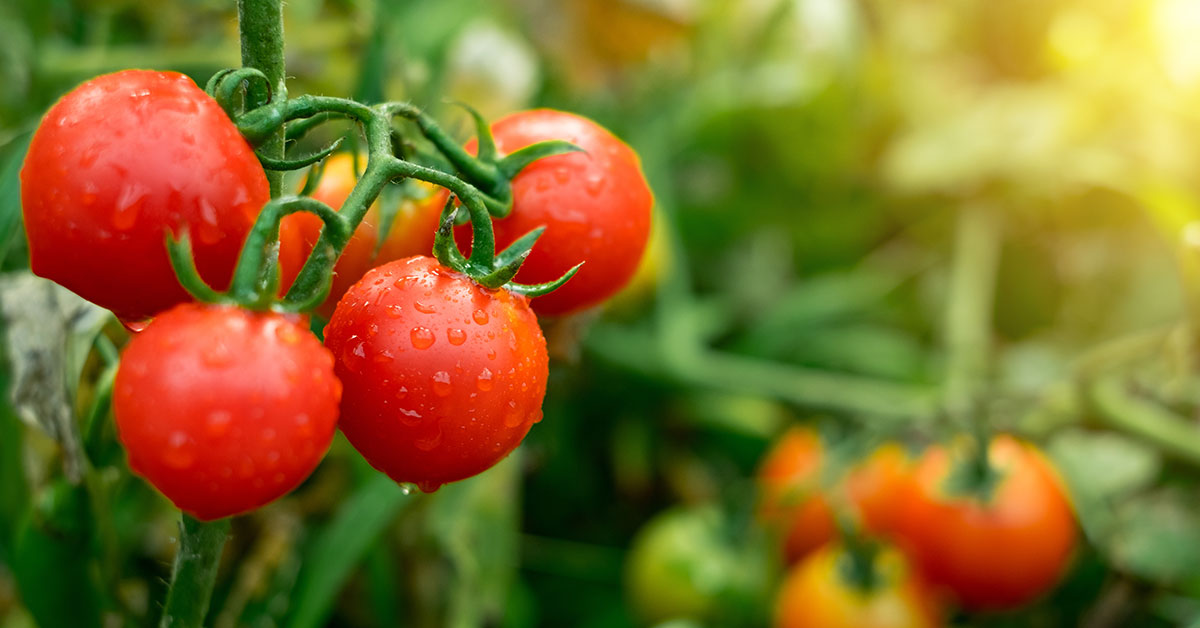Lemon trees (Citrus limon) are not only valued for their zesty fruits but also for their delicate blossoms that herald the arrival of spring and the promise of forthcoming fruit. Understanding when lemon trees bloom is essential for both citrus enthusiasts and aspiring gardeners who wish to witness the captivating spectacle of these trees coming to life with vibrant, fragrant flowers. In this article, we delve into the intricacies of when lemon trees bloom, the factors that influence their flowering times, and the magic that these blossoms bring to gardens and orchards.
Lemon trees typically burst into bloom during the spring, a season when nature awakens from its winter slumber and breathes life back into the world. The exact timing of lemon tree blooming can vary depending on factors such as the climate, geographical location, and the specific variety of lemon tree. However, a general rule of thumb is that lemon trees tend to flower between late winter and early spring, usually from late February to April in many regions.
What factors into when Lemon Trees bloom?
1. Climate: Lemon trees are native to subtropical and tropical regions, which have relatively mild winters and warm, sun-filled springs. In such climates, lemon trees are more likely to experience the right conditions for budding and flowering. However, lemon trees can also be grown in temperate climates with some protection from cold weather, allowing gardeners in these regions to enjoy their blossoms and fruits.
2. Geography: The geographical location plays a crucial role in determining when lemon trees will bloom. Trees planted in warmer regions or those with microclimates, such as near a south-facing wall that absorbs and radiates heat, might bloom earlier than those in cooler areas or exposed to prevailing winds.
When do different varieties of lemon trees bloom?
Different lemon tree varieties, such as the Eureka, Lisbon, Meyer, and Ponderosa, exhibit slight variations in their flowering times. Some lemon varieties might bloom slightly earlier or later than others due to genetic differences and adaptation to specific climates.
- Eureka Lemon (Citrus limon ‘Eureka’): Bloom Period: Late winter to early spring, typically from February to April.
- Lisbon Lemon (Citrus limon ‘Lisbon’): Bloom Period: Late winter to early spring, usually from February to April, similar to the Eureka variety.
- Improved Meyer Lemon (Citrus x meyeri): Bloom Period: Spring, typically from late February to April. Meyer lemon trees tend to have a more extended blooming period.
- Ponderosa Lemon (Citrus x piriformis): Bloom Period: Late winter to early spring, aligning with the general lemon tree bloom time, from February to April.
- Verna Lemon (Citrus limon ‘Verna’): Bloom Period: Spring, similar to other lemon varieties, with flowering occurring from late February to April.
- Femminello Lemon (Citrus limon ‘Femminello’): Bloom Period: Spring, typically from late February to April, mirroring the blooming time of other lemon trees.
- Sorrento Lemon (Citrus limon ‘Sorrento’): Bloom Period: Spring, usually from late February to April, aligning with the broader lemon tree blooming season.
- Eurêka P.G.I. Lemon (Citrus limon ‘Eurêka P.G.I.’): Bloom Period: Spring, typically from late February to April, consistent with the flowering time of other lemon varieties.
It’s important to remember that the specific bloom period can be influenced by various factors, including the local climate, geographical location, and weather conditions. These approximate periods provide a general idea of when you can expect lemon trees of different varieties to burst into their delightful blossoms.
The Aesthetics and Significance of Lemon Tree Blooming
The blooming of lemon trees is not just a practical phase in the plant’s life cycle but also a visually stunning event that can captivate the senses. Lemon blossoms are small, white, and fragrant, creating a beautiful contrast against the tree’s lush green foliage. Their fragrance, often described as intoxicatingly sweet, has made lemon blossoms a favorite for perfumes, essential oils, and even culinary applications.
Beyond their beauty, lemon blossoms have symbolic significance as well. They represent renewal, growth, and the promise of abundance. The appearance of lemon blossoms signals the transition from winter’s dormancy to the awakening of spring, inspiring hope and optimism.
Lemon trees’ blooming is a natural spectacle that showcases the intricate choreography between plant life and the changing seasons. As the world emerges from the cold grasp of winter, lemon trees burst forth with delicate flowers, breathing life into the landscape. Whether you’re a gardener, a nature enthusiast, or simply someone who appreciates the simple joys of life, the sight and fragrance of lemon blossoms serve as a reminder of the beauty and resilience inherent in the natural world. So, mark your calendars for the emergence of lemon tree blossoms and allow yourself to be swept away by the enchanting display of nature’s artistry.




